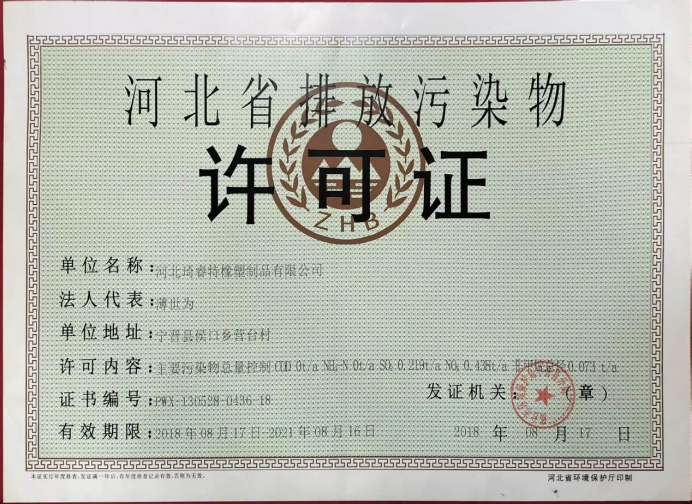ac piping size
Understanding AC Piping Size A Comprehensive Guide
When it comes to the efficient operation of air conditioning systems, one crucial factor that often gets overlooked is the size of the piping used for refrigerant transport. The piping size directly affects the performance, energy efficiency, and longevity of the entire air conditioning system. In this article, we'll explore the importance of selecting the right AC piping size, the factors influencing that choice, and the consequences of improper sizing.
Importance of Proper Piping Size
The refrigerant circulates through the air conditioning system via piping, which connects the indoor and outdoor units. The size of these pipes—typically measured in inches—can greatly influence how effectively the refrigerant moves. Proper piping size ensures that the refrigerant flows smoothly without any blockages or restrictions, allowing for optimal heat exchange. When the refrigerant can flow freely, the air conditioning system operates at its maximum efficiency, providing cool air as intended and consuming less energy.
Choosing the correct piping size is essential for achieving the desired cooling capacity. If the pipes are too small, they can create a bottleneck effect, leading to increased pressure and reduced refrigerant flow. This can cause the system to work harder than necessary, increasing wear and tear on components and potentially leading to early failure. Conversely, if the pipes are too large, the refrigerant may not flow quickly enough, which can result in poor heat exchange and inefficient cooling.
Factors Influencing Piping Size
There are several factors to consider when determining the appropriate piping size for an air conditioning system
1. System Capacity The overall capacity or BTU (British Thermal Units) rating of the AC unit plays a significant role in piping size selection. Systems with higher BTU ratings typically require larger piping to handle the increased refrigerant flow.
2. Length of the Piping Run The distance between the indoor and outdoor units affects pressure drops within the system. Longer piping runs may necessitate larger pipes to compensate for the loss of pressure due to friction.
ac piping size

3. Type of Refrigerant Different refrigerants have varying properties, which can influence the required piping size. For instance, some refrigerants may require more substantial piping to ensure efficient flow.
4. Number of Bends and Fittings Every bend or fitting in the piping can restrict the flow of refrigerant. Therefore, the more complex the piping layout, the larger the pipes may need to be to accommodate these restrictions.
5. Climate Conditions The local climate can also impact the ideal piping size. Regions with extreme temperatures may require larger pipes to efficiently handle the increased thermal load on the system.
Consequences of Improper Sizing
Failing to select the proper piping size can lead to a multitude of issues. Systems with undersized piping may experience not only inefficiency but also overheating, increased energy bills, and potential breakdowns. On the other hand, oversized piping can result in lower efficiency levels and reduced runtime of the compressor, ultimately affecting the system's ability to provide reliable cooling.
Additionally, improper sizing can void manufacturer warranties and lead to costly repairs. It is crucial to recognize that every component of an air conditioning system, including the piping, is interconnected. A well-engineered system takes into account all variables to ensure optimal performance.
Conclusion
In summary, selecting the right AC piping size is a fundamental aspect of creating an efficient and reliable air conditioning system. Taking into consideration various factors such as system capacity, piping run length, refrigerant type, and environmental conditions can lead to more informed decisions. Ensuring proper piping size will not only enhance performance and energy efficiency but also extend the lifespan of the system and reduce overall maintenance costs. Therefore, consulting with HVAC professionals when designing or upgrading an air conditioning system is highly recommended to achieve the best results. After all, in the world of HVAC, every detail matters.
-
Ultimate Spiral Protection for Hoses & CablesNewsJun.26,2025
-
The Ultimate Quick-Connect Solutions for Every NeedNewsJun.26,2025
-
SAE J1401 Brake Hose: Reliable Choice for Safe BrakingNewsJun.26,2025
-
Reliable J2064 A/C Hoses for Real-World Cooling NeedsNewsJun.26,2025
-
Heavy-Duty Sewer Jetting Hoses Built to LastNewsJun.26,2025
-
Fix Power Steering Tube Leaks Fast – Durable & Affordable SolutionNewsJun.26,2025

